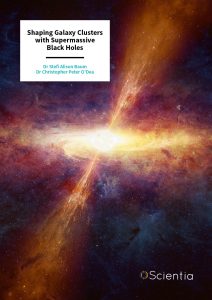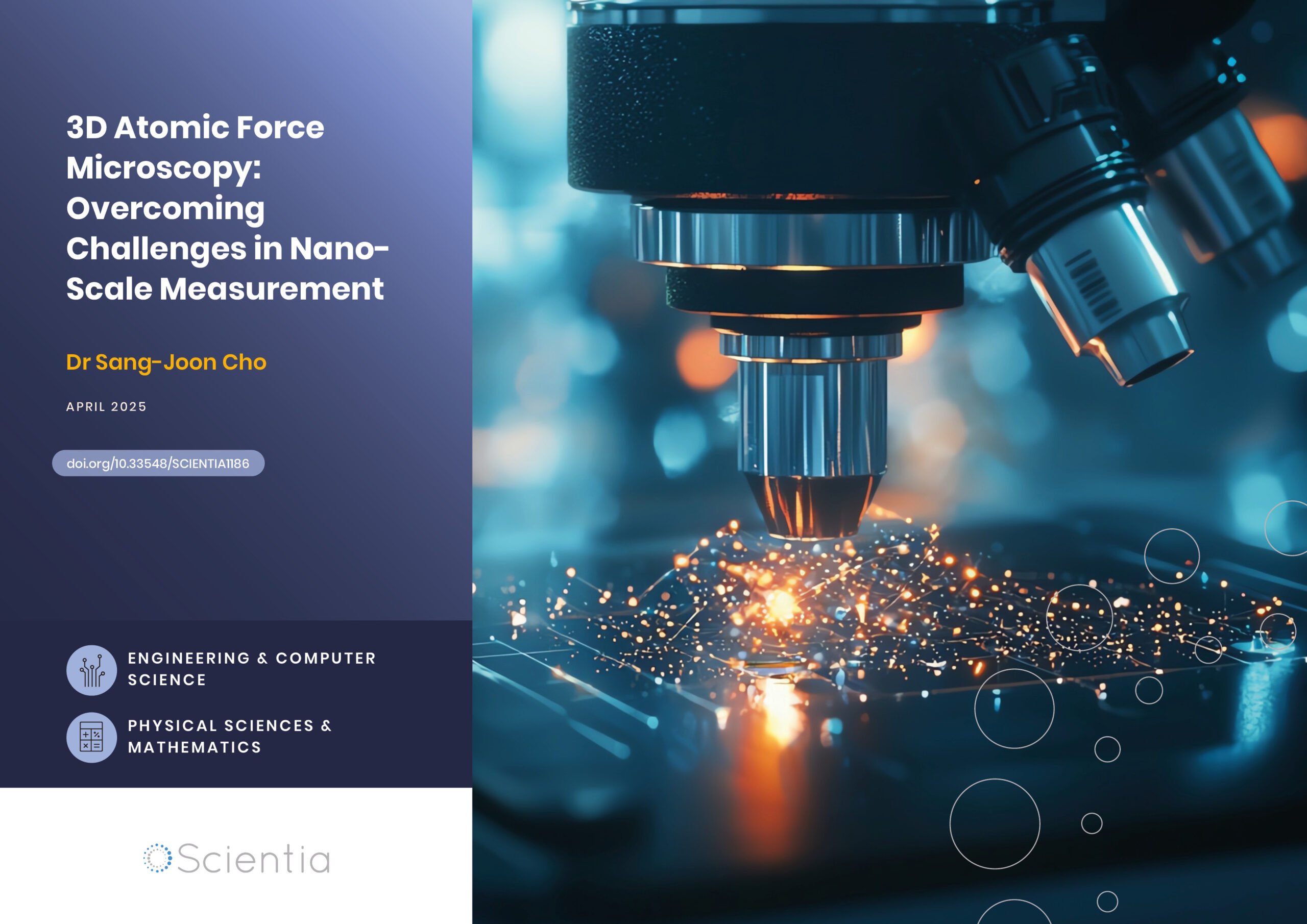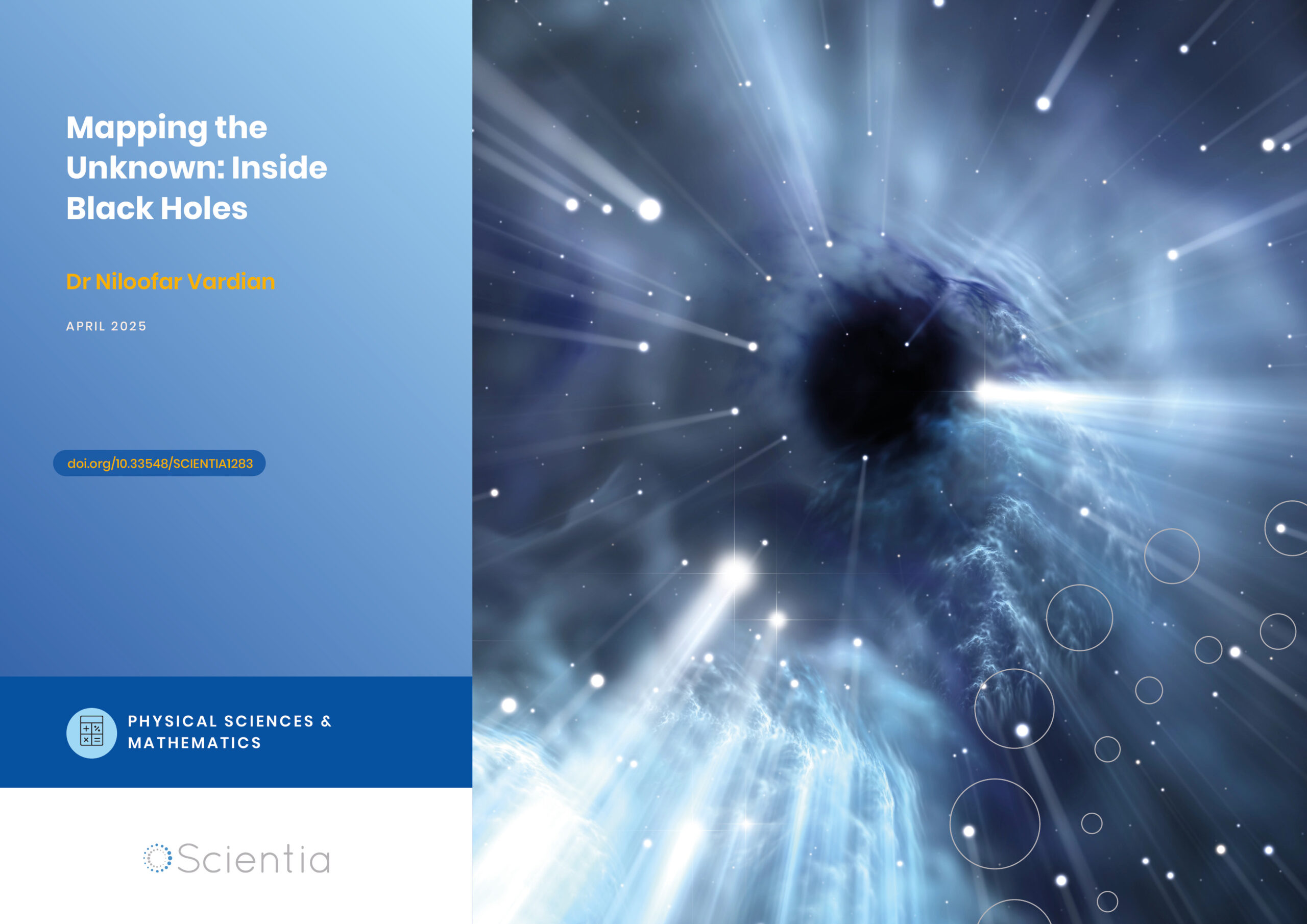Dr Stefi Baum – Dr Christopher O’Dea | Shaping Galaxy Clusters with Supermassive Black Holes
The black holes found at the centres of most large galaxies are now found to be fundamental to galactic formation and evolution. Until recently, however, little was understood about how these massive bodies affect the behaviours of their host galaxies and beyond. Through their research, Dr Stefi Baum and Dr Christopher O’Dea at the University of Manitoba have made important strides towards untangling the many mysteries involved in this intriguing astronomical problem.
Supermassive Black Holes
Supermassive black holes sit at the centre of almost every large galaxy, including our own. These colossal bodies can be millions to billions of times larger than the black holes formed through the collapse of massive stars – making them a key part of the evolution of their host galaxies. As they draw in gas and stars from their surroundings, this material is heated to extreme temperatures, triggering a wide array of exotic physical phenomena.
Centred on supermassive black holes, active galactic nuclei are one rare group of galactic centres in which particularly interesting dynamics are known to occur. As Dr Baum explains, these structures have now fascinated astronomers for decades.
‘Active galactic nuclei can be fuelled by the accretion of gas and stars, producing extremely energetic phenomenon, such as luminous hot disks of accreting gas, winds, and powerful outflows of relativistic plasma and magnetic fields,’ she says. Named ‘jets’, these flows extend perpendicular to a galaxy’s flat disk, and can reach far out into intergalactic space.
Astronomers have now uncovered a close relationship between the masses of galaxies and their central black holes – implying that both systems must somehow co-evolve under linked physical mechanisms.
The amount of mass accreted by the central black hole is proportional to the mass that forms stars and builds the bulge mass of the galaxy. These relationships are particularly strong, given that a galaxy’s star formation is extended on much larger scales than those that directly feed the black hole.
As jets emanate from an active galactic nucleus, they fundamentally alter the flow of energy throughout this region. ‘The kinetic energy in the jets heats the galaxy’s gas, expelling it from the central regions,’ Dr Baum continues. ‘This in turn influences galaxies star formation histories, mediating the relationship between host galaxy and central supermassive black hole.’
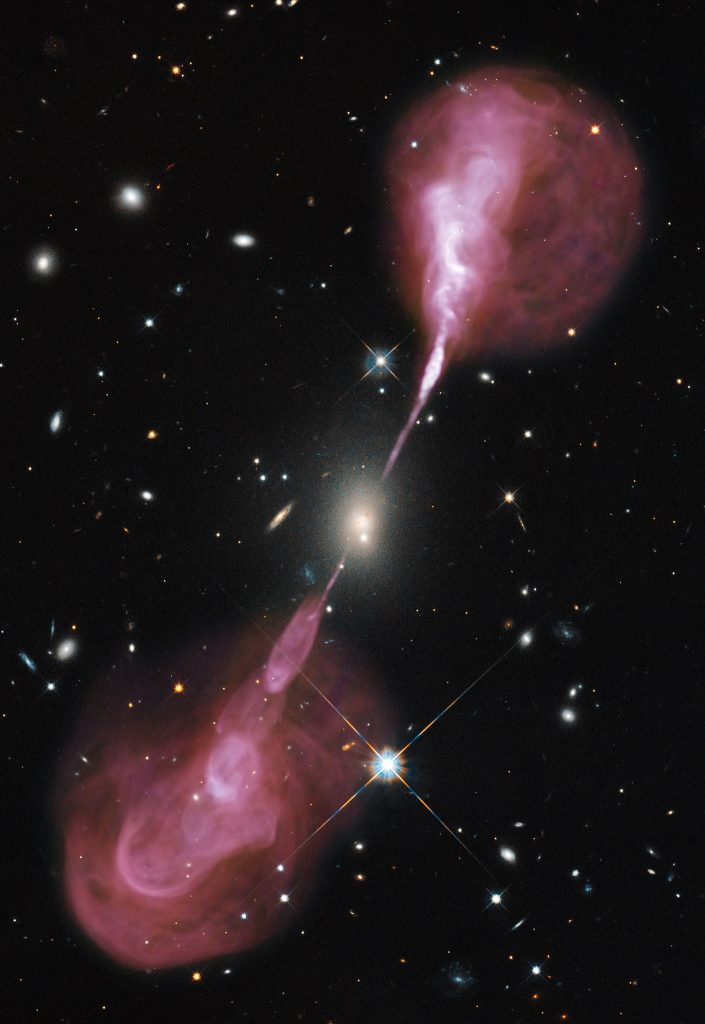
Intracluster Cooling
Among the first mysteries the team explored was the cooling of gas in the space surrounding the galaxies in a cluster – named the ‘intracluster medium’, or ‘ICM’. According to theories at the time, astronomers understood that this gas should be losing heat by radiating X-rays – so that over time, this gas should become colder and colder, until some of it has become cold atomic or molecular gas. Yet from observations of the ICM, researchers could see that this clearly wasn’t the case – leading them to question where this cold gas may be located, or if it even existed after all.
‘For a while, the primary hypothesis was that somehow the cold gas was hidden,’ Dr Baum recalls. ‘We were among the first to realise that the radio source in the central brightest galaxy was responsible for re-supplying energy to the ICM.’ Furthermore, the structure of this central ‘engine’ may be heavily influenced by the galaxy’s history, and the flow of material into its active galactic nucleus from the surrounding ICM.
In 2008, Dr Baum, Dr O’Dea and their colleagues uncovered further insights into how the balance of heating and cooling in galactic clusters could be better understood, by searching for cold gas and young stars. These features are often the end result of cooling interstellar gas, as the movement of particles has slowed enough for clouds of gas to collapse under their own gravity – allowing star-forming nuclear fusion to initiate.
‘We were among the first to realise that careful searches for these end products would provide an important constraint on the balance of heating and cooling,’ Dr Baum explains.
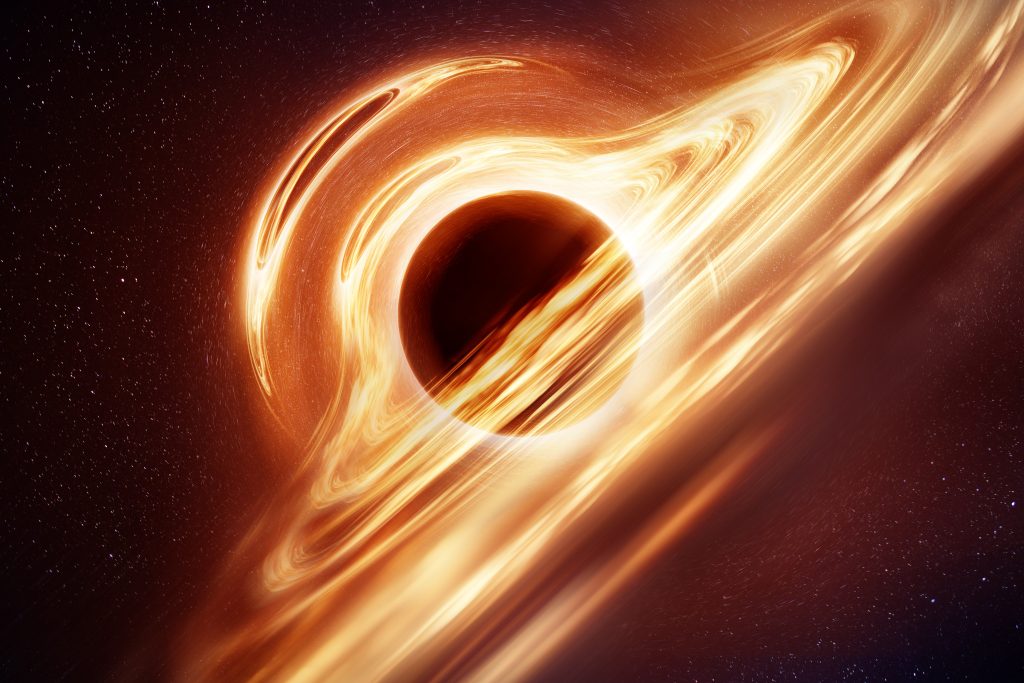
Diversity in Accretion
In another aspect of cluster evolution, the team delved further into the properties of the accretion disks surrounding supermassive black holes at the centres of active galactic nuclei. As it enters the black hole’s surrounding environment, material is accelerated, gaining a vast amount of energy in the process. Subsequently, accretion disks partially re-emit their energy by giving off electromagnetic radiation.
Through a study published in 1995, Dr Baum and Dr O’Dea emphasised just how diverse the resulting accretion disk and jet phenomena can be with significant differences in the radio, optical, and X-ray properties. As Dr O’Dea describes, ‘We were early proponents of the idea that black holes are fed with a range of mass accretion rates and this has consequences for the properties of the structure and emission from material around the active galactic nucleus.’
Drawing from these insights, the researchers subsequently explored how jets come to emanate from a small fraction of accreting supermassive black holes – giving rise to the ICM heating explored in other parts of their research. In a 2013 study, they contributed further to understanding the unique properties of these jets, paying particular attention to the transport of energy, magnetic fields, and cosmic rays.
Through their analysis, Dr Baum, Dr O’Dea and their colleagues expanded on the idea that these jets may not simply be a rare phenomenon, only ever found in a small fraction of massive galaxies. Rather, the active galactic nucleus they originate from could be a short yet important stage of galactic evolution.
‘It is thought that many galaxies go through a phase where they launch radio jets,’ Dr O’Dea continues. ‘We have made some important contributions to understanding the properties of radio jets.’
Compact Radio Sources
In one of their most recent studies, published in 2021, the team delved further into the origins of radio jets by analysing comparable structures, which exist on far smaller scales. ‘There is one small but powerful class of radio source, each a fraction of the size of a typical jet,’ Dr O’Dea explains. ‘We were among the first to recognise the importance of the young, compact, powerful radio sources for understanding active galactic nucleus triggering and evolution.’
A number of competing theories have been put forward to explain the origins of these structures. There is a possibility that they are young radio galaxies and will eventually evolve to produce powerful large radio sources. Alternatively, they could have been prevented from expanding outwards through interactions with dense gas in their surroundings or may only be short-lived bursts – which will disappear very soon on cosmological timescales.
By analysing each of these possibilities more closely, Dr Baum and Dr O’Dea aim to explore the fundamental basis of radio jets, and their influence over the formation and evolution of galaxies.
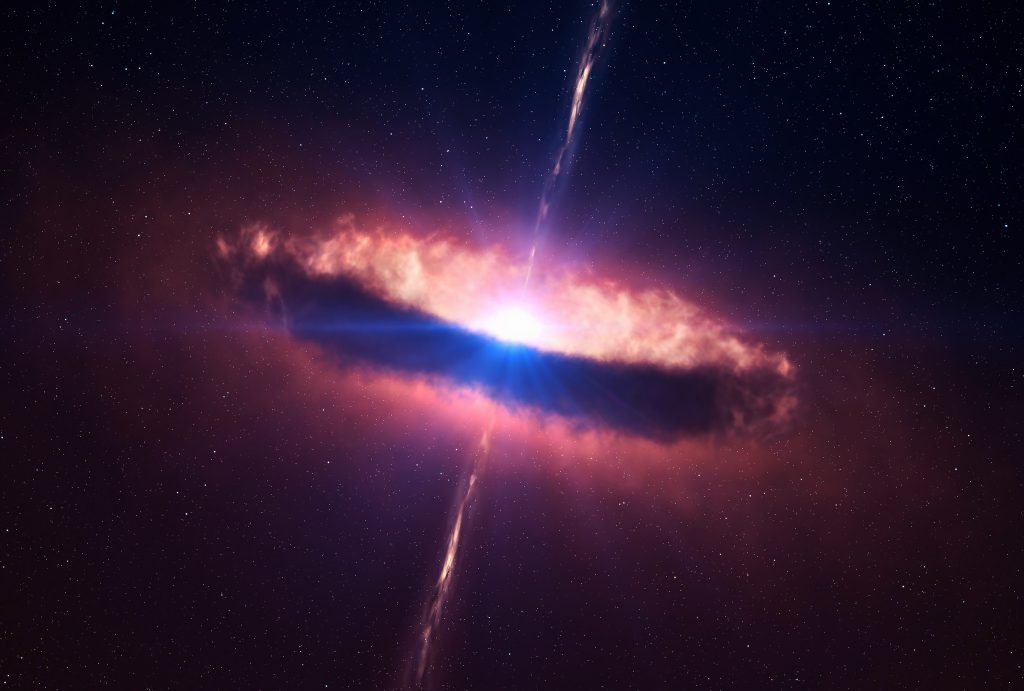
Triggering Star Formation
In their latest study, published in 2022, the researchers looked beyond radio jets to explore other mechanisms by which energy could be transported outwards from active galactic nuclei. While radio jets are powered by gas and stars accreting onto supermassive black holes, some of this material can contribute to dramatic bursts in star formation in the host galaxy.
This process can trigger massive stars, which only live for a few million years before exploding in dramatic supernovae – releasing vast amounts of energy in the process. ‘Energy released by supernova explosions can drive gas outflows in galaxies,’ Dr O’Dea describes. ‘In parallel, the radiation from the bright disk of gas around the super massive black hole can also drive gaseous outflows or winds.’
Altogether, these studies have led to profound advances in astronomers’ understanding of how galaxies are influenced by supermassive black holes, and the energetic radio jets produced by active galactic nuclei. In turn, the team’s discoveries are enabling researchers to improve their predictive models of galactic evolution, to better account for the energetic influences of individual active galactic nuclei.
Dr Baum and Dr O’Dea now hope that their insights will contribute to a broader understanding of the dynamics that shaped the universe we observe today, and will ultimately determine how its evolution will unfold far into the future.
SHARE
DOWNLOAD E-BOOK
LISTEN TO THE AUDIO
REFERENCE
https://doi.org/10.33548/SCIENTIA859
MEET THE RESEARCHER
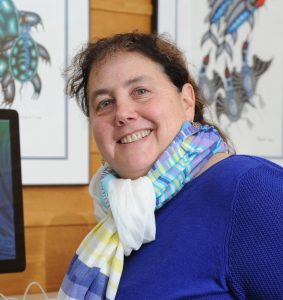
Dr Stefi Alison Baum
Department of Physics and Astronomy
University of Manitoba
Winnipeg, Manitoba
Canada
Dr Stefi Baum completed her PhD in Astronomy at the University of Maryland in 1987. She joined the University of Manitoba as a Professor of Physics and Astronomy in 2014, where she worked as the Dean of the Faculty of Science until 2022. Dr Baum’s main research interests include the origin and nature of galaxies and galaxy clusters, as well as the black holes at their centres. She also studies the development and deployment of astronomical instruments and missions, as well as advanced algorithms for calibration and analysis. Beyond her research, Dr Baum has developed an expertise in working at the interface between science, engineering, liberal and creative arts, business, education, and public policy.
CONTACT
E: Stefi.Baum@umanitoba.ca
W: https://sci.umanitoba.ca/profile-dr-stefi-baum-dean/

Dr Christopher Peter O’Dea
Department of Physics and Astronomy
University of Manitoba
Winnipeg, Manitoba
Canada
Dr Christopher O’Dea achieved his PhD in Astronomy at the University of Massachusetts in 1984, and has also worked as a Professor of Physics and Astronomy at the University of Manitoba since 2014. His main research interests include quasars and active galaxies, clusters of galaxies, and the intracluster medium. In particular, he focuses on how supermassive black holes influence their host galaxies, and how galaxies themselves influence the properties of their black holes in turn. Dr O’Dea uses a wide variety of techniques to develop images and spectra of these phenomena, including radio telescopes, ground-based optical telescopes, and space-based observatories.
CONTACT
E: odeac@umanitoba.ca
W: http://www2.physics.umanitoba.ca/u/odea/
FURTHER READING
M Singha, B Husemann, T Urrutia, CP O’Dea, J Scharwächter, M Gaspari, F Combes, R Nevin, BA Terrazas, M Pérez-Torres, T Rose, The Close AGN Reference Survey (CARS)-Locating the [O III] wing component in luminous local Type 1 AGN, Astronomy & Astrophysics, 2022, 659, A123.
CP O’Dea, DJ Saikia, Compact steep-spectrum and peaked-spectrum radio sources, The Astronomy and Astrophysics Review, 2021, 29, 3.
CP O’Dea, SA Baum, GR Tremblay, PREETI Kharb, W Cotton, R Perley, Hubble Space Telescope Observations of Dusty Filaments in Hercules A: Evidence for Entrainment, The Astrophysical Journal, 2013, 771, p.38.
CP O’Dea, SA Baum, G Privon, J Noel-Storr, AC Quillen, N Zufelt, J Park, A Edge, H Russell, AC Fabian, M Donahue, An infrared survey of brightest cluster galaxies. II. Why are some brightest cluster galaxies forming stars?, The Astrophysical Journal, 2008, 681, 1035.
SA Baum, CP O’Dea, Multifrequency VLA observations of PKS 0745–191–: the archetypal ‘cooling flow’ radio source?, Monthly Notices of the Royal Astronomical Society, 1991, 250, 737.
SA Baum, T Heckman, W van Breugel, Long-slit optical spectroscopy of emission-line nebulae in radio galaxies-The data, The Astrophysical Journal Supplement Series, 1990, 74, 389.

REPUBLISH OUR ARTICLES
We encourage all formats of sharing and republishing of our articles. Whether you want to host on your website, publication or blog, we welcome this. Find out more
Creative Commons Licence (CC BY 4.0)
This work is licensed under a Creative Commons Attribution 4.0 International License. 
What does this mean?
Share: You can copy and redistribute the material in any medium or format
Adapt: You can change, and build upon the material for any purpose, even commercially.
Credit: You must give appropriate credit, provide a link to the license, and indicate if changes were made.
SUBSCRIBE NOW
Follow Us
MORE ARTICLES YOU MAY LIKE
Calculating Steering Friction: Essential Engineering for Military Aircraft Safety
The safe operation of military training aircraft depends on precise engineering calculations that most of us never consider. Dr Bogdan Adrian Nicolin and Dr Ilie Nicolin from the National Institute for Aerospace Research in Romania have developed sophisticated methods to calculate the steering friction moment in military aircraft. This critical engineering parameter ensures that pilots can safely control aircraft during taxiing, take-off, and landing – making their work essential for both pilot training and flight safety.
Dr Sang-Joon Cho | 3D Atomic Force Microscopy: Overcoming Challenges in Nano-Scale Measurement
Nano-scale imaging and measurement are crucial for the development of new gadgets – from the latest phones to advanced drug discovery technologies. Dr Sang-Joon Cho and his team at Park Systems Corporation have developed a new approach to measuring and characterising microscopic components, offering exciting potential to accelerate advancements in the technologies essential to the modern world.
Dr Niloofar Vardian | Mapping the Unknown: Inside Black Holes
Dr Niloofar Vardian at the SISSA school has advanced our understanding of black hole interiors through precise mathematical modelling. Her recent publication sheds light on previously inaccessible aspects of black hole dynamics, deepening our knowledge of these mysterious and difficult-to-study phenomena.
Dr Ying Zou | A New Type of Space Storm: The Extraordinary Auroral Event of April 2023
Space weather events can have dramatic effects on Earth’s magnetic field, potentially disrupting everything from power grids to GPS systems. Dr Ying Zou and her colleagues Dr Jesper Gjerloev and Shin Ohtani from Johns Hopkins University Applied Physics Laboratory led a groundbreaking investigation into an extraordinary disturbance in Earth’s magnetic field that occurred in April 2023. This unprecedented event is reshaping our understanding of how solar activity can trigger extreme space weather that impacts our technological systems.

